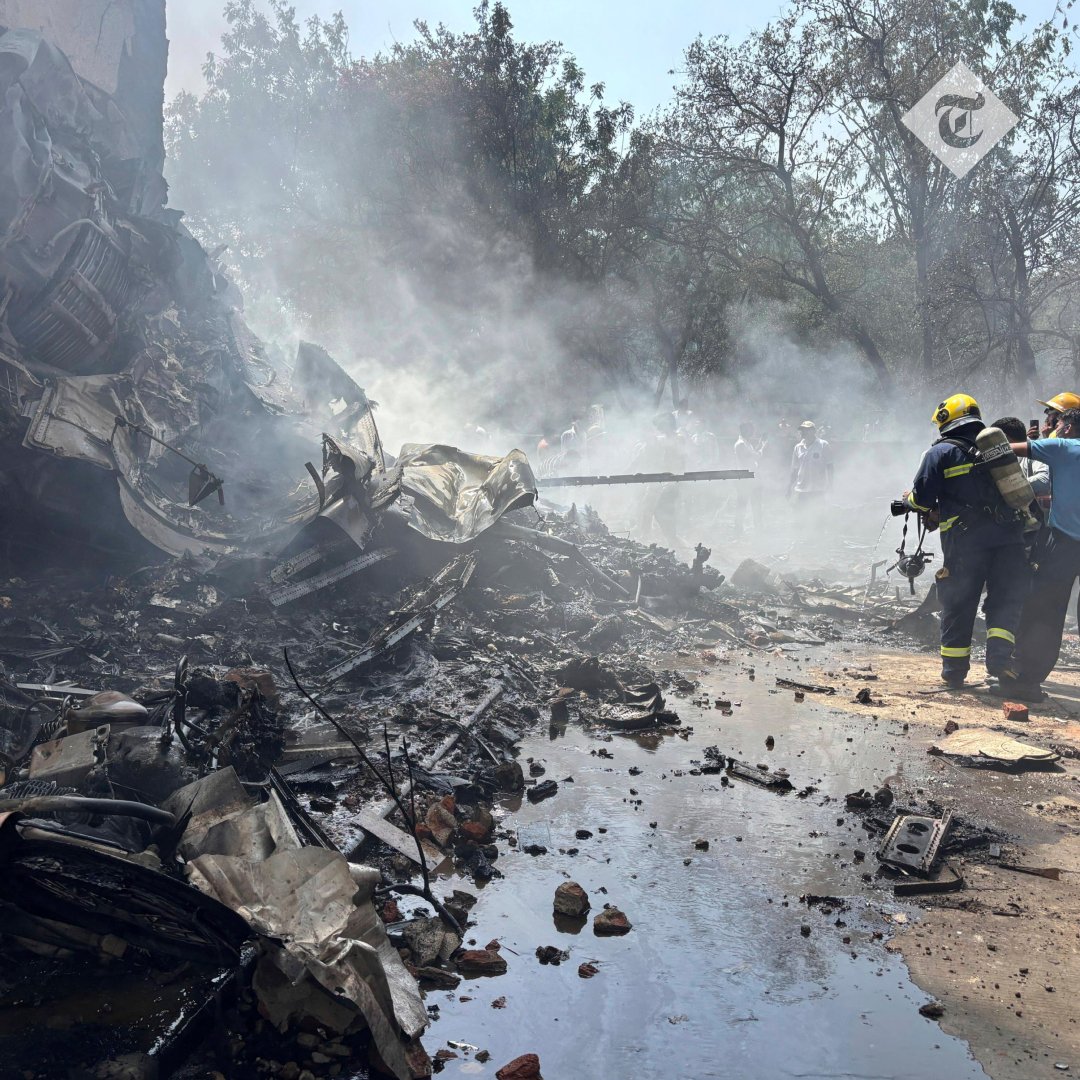
A devastating tragedy unfolded in Ahmedabad on Thursday when Air India flight AI171, a Boeing 787-8 Dreamliner carrying 242 people, crashed shortly after takeoff en route to London Gatwick Airport. The crash, which occurred in the densely populated Meghani Nagar neighborhood near Sardar Vallabhbhai Patel International Airport, resulted in at least 240 fatalities, including passengers, crew, and reportedly some individuals on the ground.

Emergency services rushed to the scene, where images showed towering plumes of black smoke and burning wreckage as rescue teams worked tirelessly to recover bodies and assist survivors.
Remarkably, there was one reported survivor: 40-year-old British national Vishwash Kumar Ramesh. According to officials and hospital sources, Ramesh had been seated near an emergency exit and managed to escape the burning aircraft by jumping out after the crash. He was found disoriented and with multiple injuries but is reportedly out of danger and receiving treatment at Ahmedabad's Civil Hospital.
Speaking from his hospital bed, Ramesh described the chaos: “When I got up, there were bodies all around me. I was scared. I stood up and ran. There were pieces of the plane all around me. Someone grabbed hold of me and put me in an ambulance and brought me to the hospital,” he told the Hindustan Times.

The doomed flight was carrying a diverse group of passengers: 169 Indians, 53 Britons, seven Portuguese citizens, and one Canadian, along with 12 crew members. The aircraft lost contact with air traffic control less than a minute after takeoff, plummeting into a residential area and reportedly striking the dining hall of a medical college hostel, which may have contributed to the high death toll. Prime Minister Narendra Modi expressed his deep sorrow and assured that all possible support was being provided to the victims and their families.
.jpg)
As investigations continue, Air India and government officials have pledged full support for affected families, while the airline’s CEO confirmed that a special team is on the ground to assist with relief efforts. The crash has shocked the nation and the international community, with many awaiting further details as authorities sift through the wreckage in search of answers.





















.jpg)
.jpg)








.jpg)



















